Virtual reality in architecture, from real estate to process management
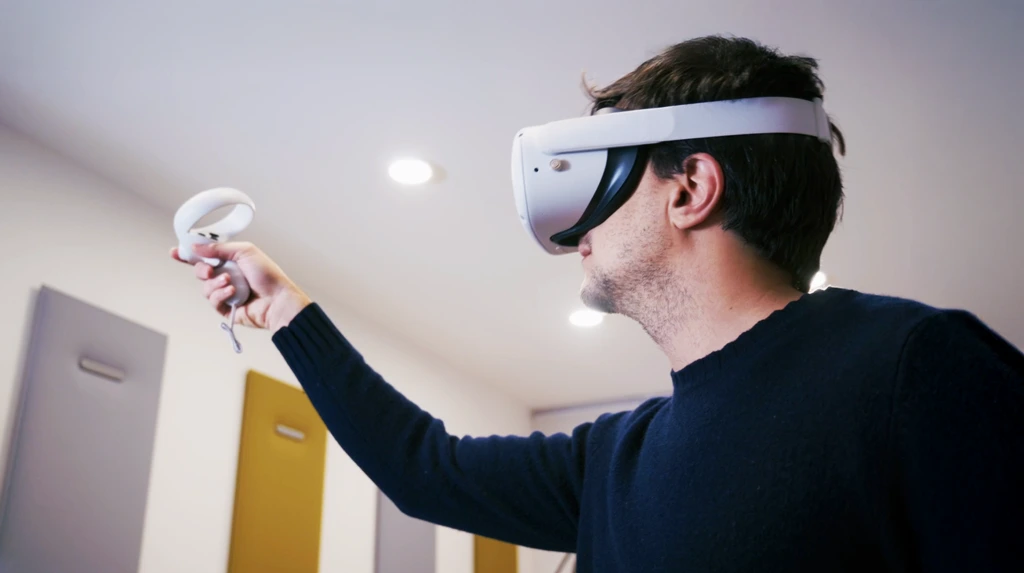
Until recently, one could think that the job of those who represented architecture was fundamentally this: showing others what doesn't exist yet. First it was done with sketches and technical drawings, then came the photorealistic renders we all know. But today there's something different, something that's really changing the game: virtual reality.
It's not a passing trend or technology for its own sake. It's a tool that's transforming the way architecture is designed, sold and communicated.
What is virtual reality and how does it differ from augmented reality?
Virtual Reality (VR) in architecture, as in other fields, is an immersive technology that projects the user into an interactive and simulated 3D architectural environment. The difference is simple but revolutionary: you no longer show a project, but make it come alive.
Virtual reality creates a completely immersive environment using 3D headsets connected to computers or smartphones. For the first time, you can truly "walk" through a project that exists only in our computers.
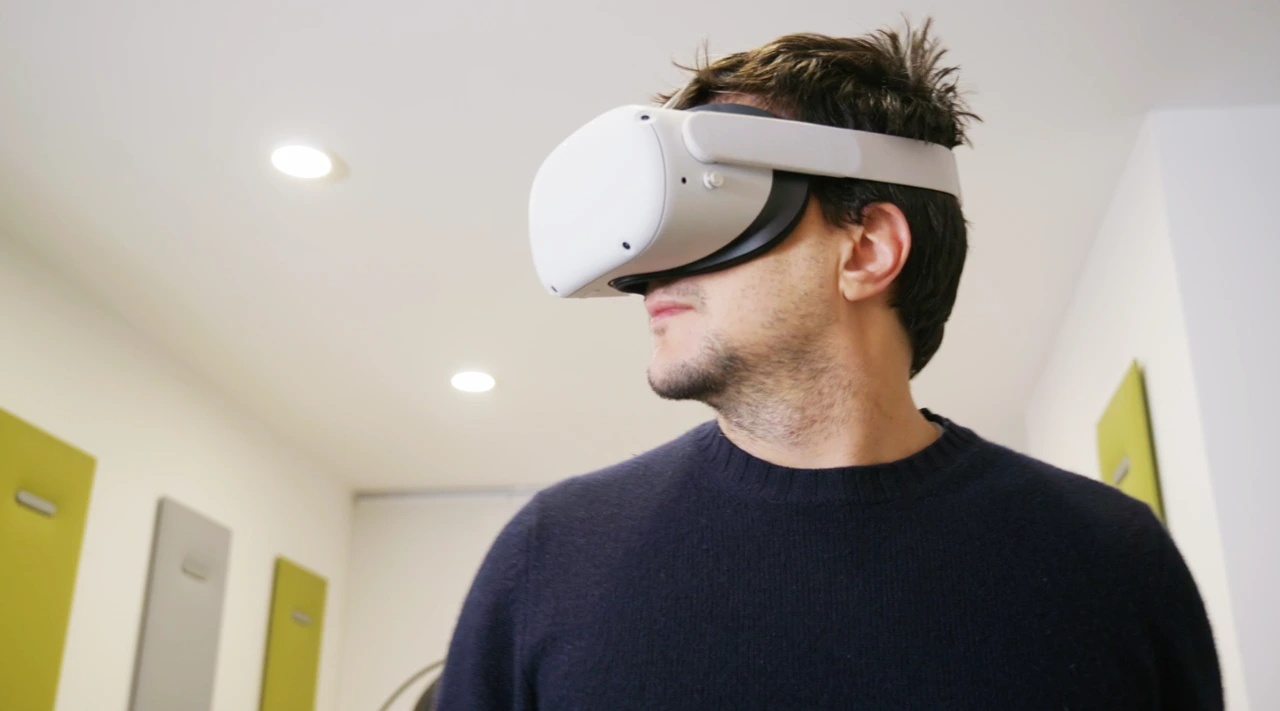
VR vs AR: let's clarify
People often ask about the difference between virtual reality and augmented reality. It's simple: VR completely transports you into a digital world, replacing everything you see. AR instead overlays digital elements onto the real world - like when you use IKEA's or Amazon's app to see how an object looks in your living room.
For architects, VR is perfect when you need to let people explore projects not yet built. AR works better for modifications to existing spaces or for overlaying models on construction sites.
The added value of virtual reality
One of the most significant challenges in the architectural sector is the gap created between design representation and actual understanding by the client or collaborator. This "representational gap" emerges when traditional communication methods - technical plans, sections, elevations and static renders - fail to fully convey the spatial experience of an environment.
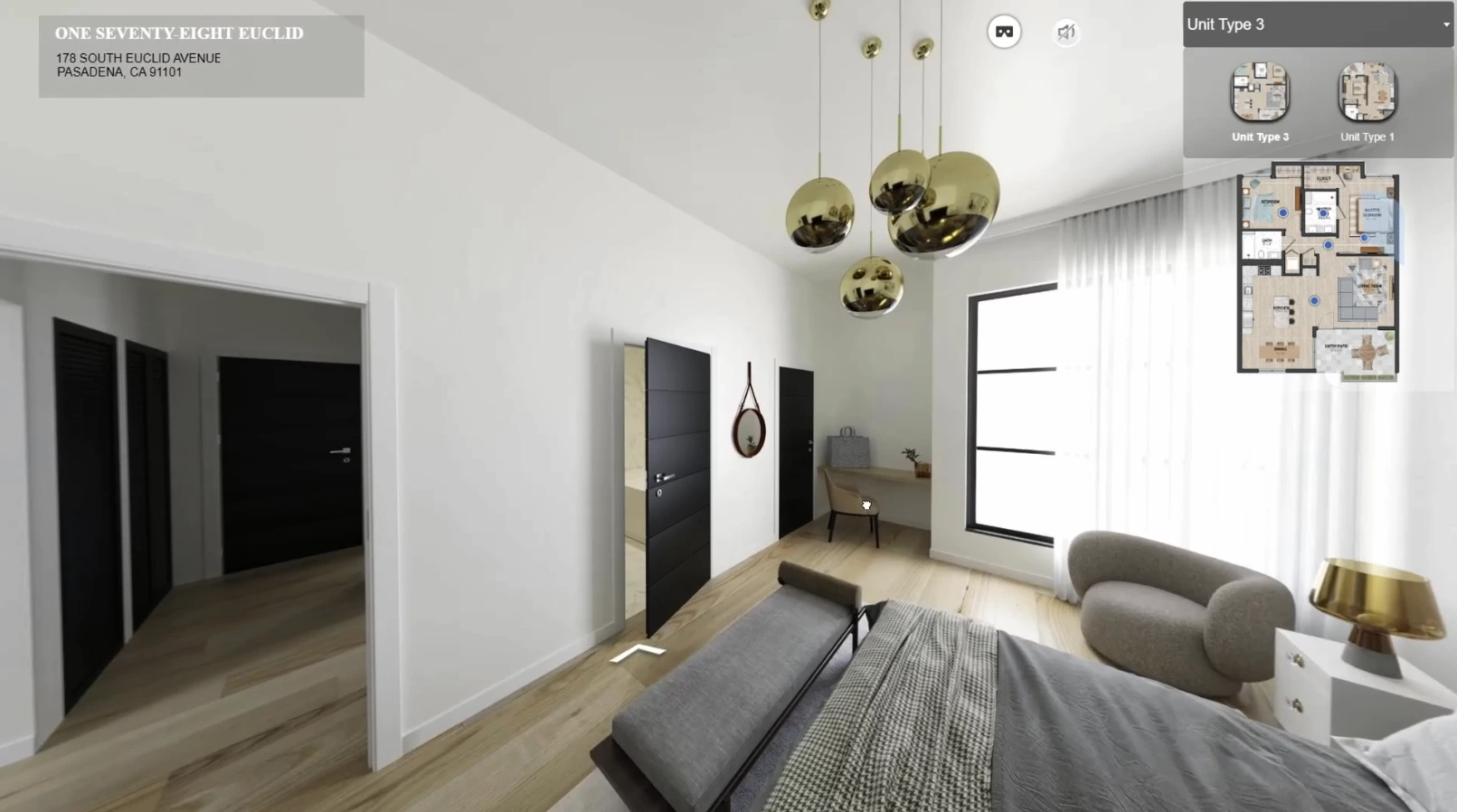
Two-dimensional representations, however technically accurate, require specific interpretative skills that not all clients possess. Even photorealistic renders, while offering three-dimensional visualization, remain limited to predefined viewpoints and don't allow complete understanding of spatial relationships, real proportions and the perceptual experience of the environment.
Virtual reality solves this fundamental problem by allowing direct and immersive experience of the designed space, eliminating the need for interpretation and automatically translating the design concept into intuitive understanding.
DEAL's experience in virtual reality
Integrating virtual reality into design and real estate marketing processes requires not only advanced technical skills, but also deep understanding of the communicative and commercial dynamics of the sector.
DEAL has developed a methodological approach that combines the technical precision of 3D models with the expressive power of virtual reality, creating immersive experiences that radically transform the relationship between project and client.
The studio's approach is based on the conviction that the quality of VR experience depends as much on the technical fidelity of the model as on the ability to convey the atmosphere and identity of the project. Every detail - from material rendering to natural light simulation, from geometric precision to environmental interactivity - is calibrated to maximize emotional impact and functional understanding of the space.
Two emblematic projects illustrate the effectiveness of this approach:
- For this residential project, creating 360° images enabled the development of immersive virtual tours of the apartments. This offered potential buyers the possibility to explore spaces in minute detail, proving to be an effective tool not only for sales, but also for in-depth analysis of interior design solutions.
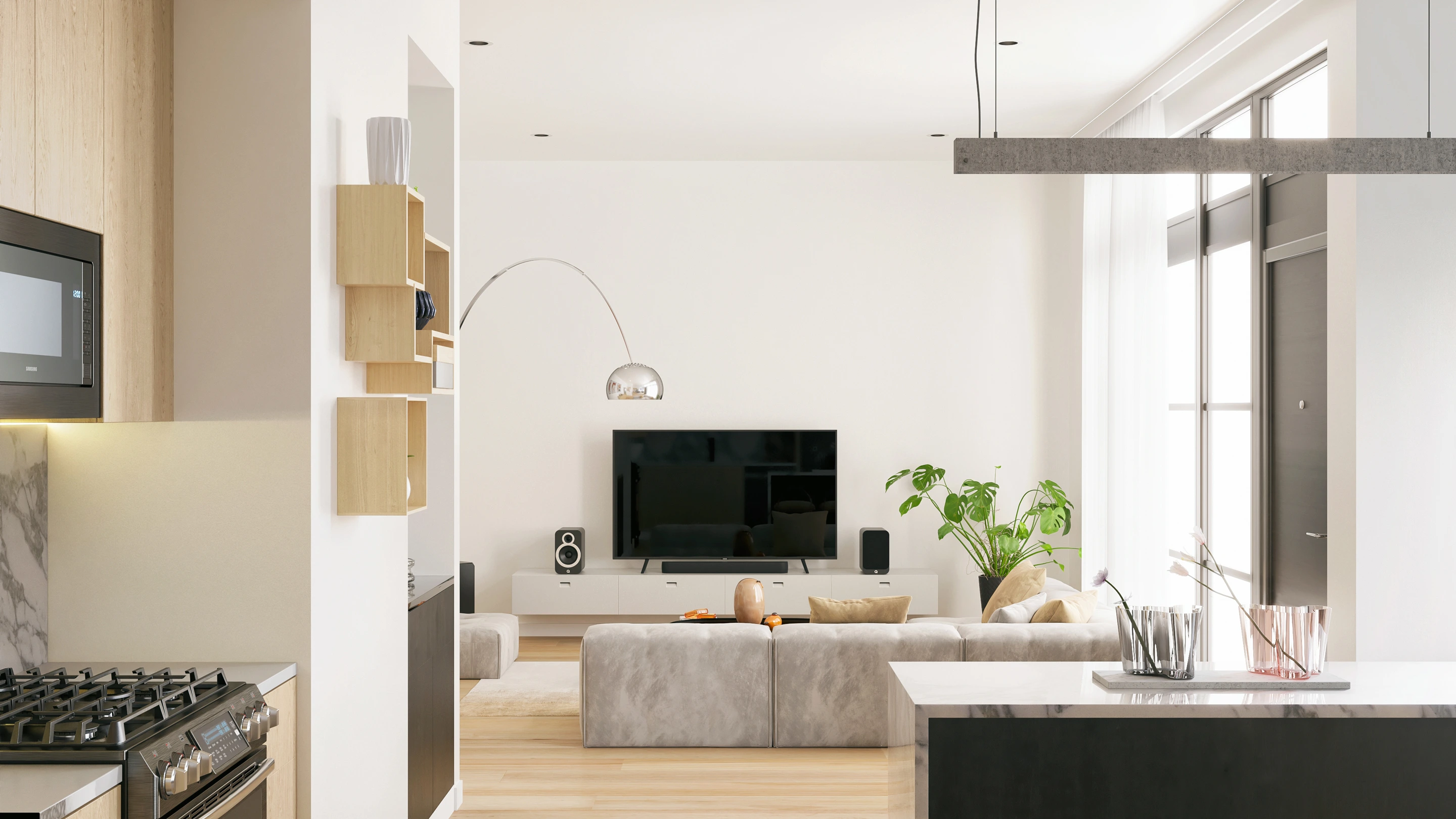
- Through the use of Unreal Engine software, we replicated this evocative architectural masterpiece. Careful study of light play and material rendering were fundamental to achieving a hyper-realistic effect, demonstrating VR's capacity to transmit the essence of a place.
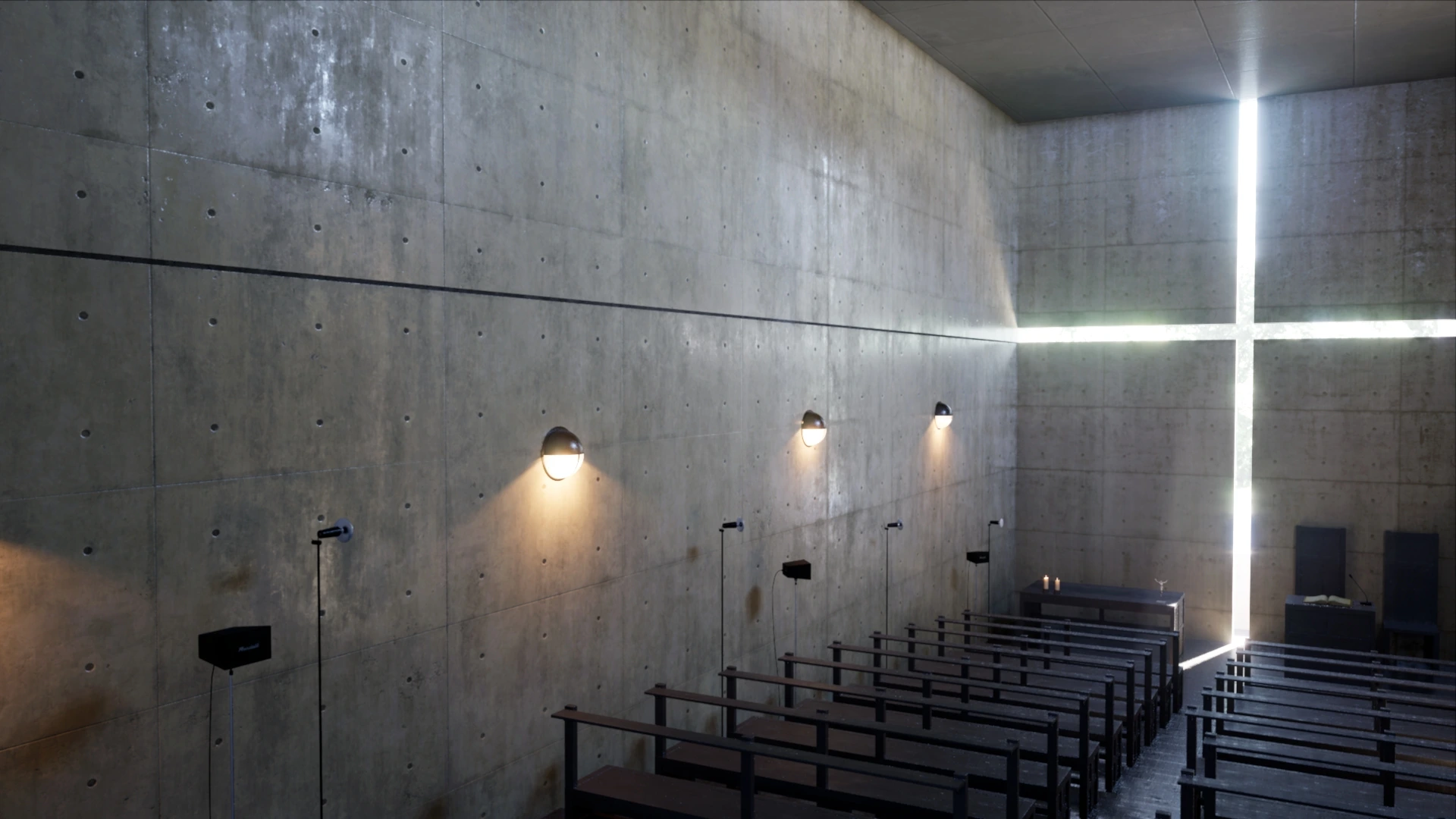
Will the future of real estate and design be immersive?
A difficult question that's hard to answer. What we can suggest, however, is that virtual reality integration demonstrates three concrete advantages that could increasingly ensure its success in the future. First of all, immediate understanding - there's no need to explain volumes and proportions anymore. The client experiences them directly. Then there's certainly the sales aspect, as in the case study of the apartments in Pasadena; a virtual tour is worth more than a thousand brochures. Clients get excited and bond with the project before it even physically exists. Finally, another indirect aspect is more effective revisions. When the client truly understands what they're purchasing, last-minute modification requests practically disappear. This saves considerable time and money.
Another interesting perspective is the integration between VR and BIM. Project teams that meet virtually inside the 3D model, who can modify elements in real time, discuss problems while immersed in the project itself. It's called "BIM Metaverse" and it's not science fiction. It's already reality for those who decide to invest in it.
The final question that naturally arises is "but is it worth it?"
The initial investment exists. Specific training is needed. Not all clients are ready. But for those working with complex projects, selling real estate, needing to convince investors or public administrations, VR is no longer a luxury. It's a competitive advantage.
Above all, it represents the natural evolution of the architectural profession. We've always sought better ways to communicate design ideas. VR is simply the next step in this evolution.
To learn more or to request a quote, don't hesitate to contact us.
Explore more...